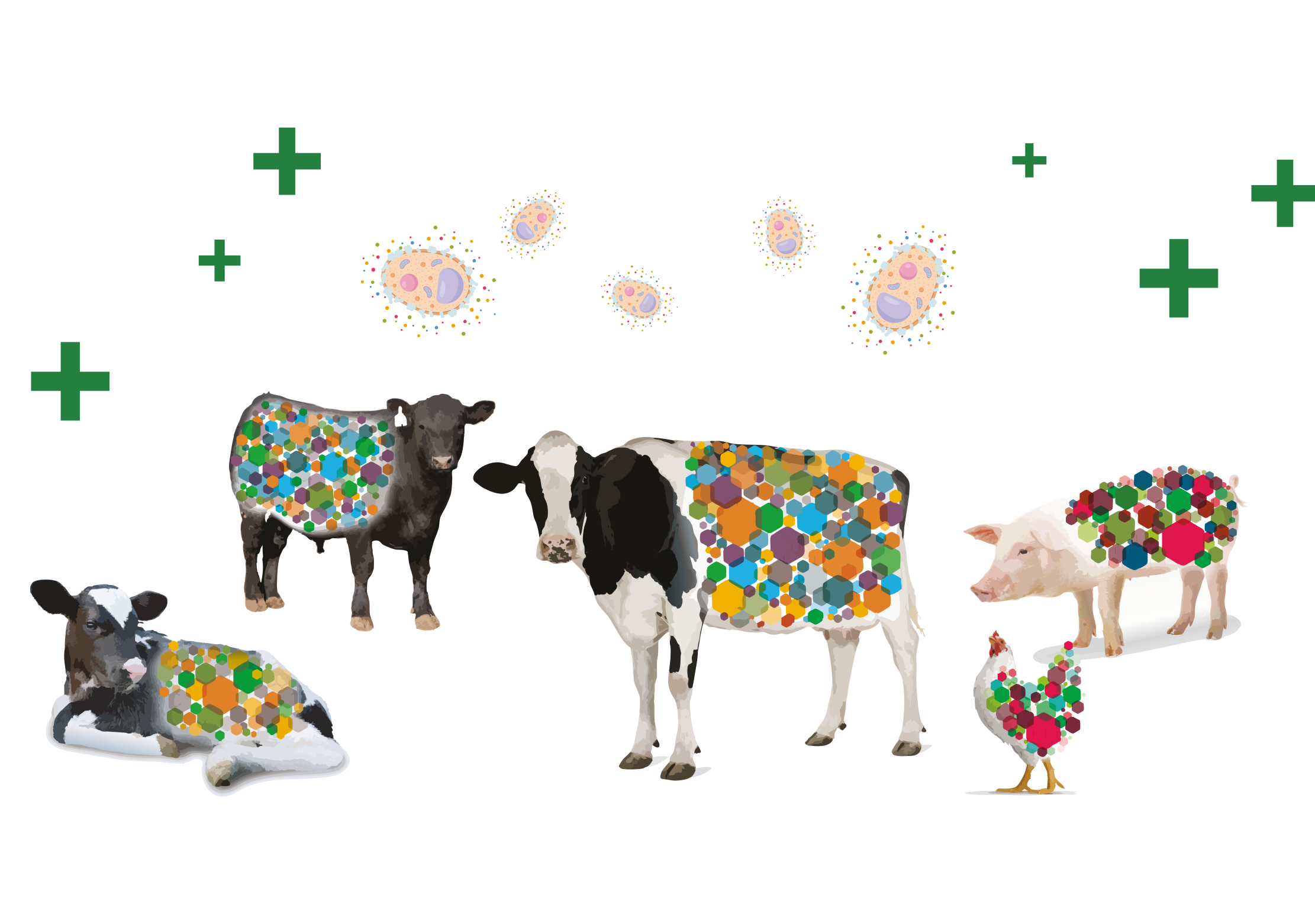Recent advancements in cancer detection have paved the way for innovative techniques that enhance diagnostic accuracy and efficiency. One such development is the application of multi-spectral light scattering detection, which integrates Raman spectroscopy with advanced imaging methods. This approach, detailed in a recent study by Professor Frédéric Leblond and colleagues at Polytechnique Montreal, aims to revolutionize cancer detection with a non-contact, rapid, and highly sensitive diagnostic tool. Read More
Raman spectroscopy involves illuminating tissues and analyzing how the light scatters, to provide molecular information. This information can be inferred from the peaks in the resulting Raman spectra. Raman spectroscopy has been used to analyze a single tiny spot in tissue during surgeries. However, its potential to analyze larger areas of tissue has been limited due to technical challenges.
Leblond and his team addressed this by combining multi-spectral imaging, which captures image data at different wavelengths across the electromagnetic spectrum, with a new subtraction technique that reduces interference from background fluorescence. This method allows imaging of a 1-centimeter area in less than five seconds.
The researchers demonstrated this technique’s feasibility in two ways. First, they showed high accuracy in cancer detection by analyzing bio-markers – molecules that indicate the presence of specific diseases. Second, a proof-of-principle study using biological tissue showed the practical application of this technique by successfully detecting a single Raman band, by isolating the light-scattering signal from background fluorescence. A Raman band represents an energy shift in the scattered light.
By isolating individual Raman bands and leveraging machine learning, Leblond’s team demonstrated high-accuracy cancer detection without needing to acquire whole spectra. This reduces imaging time and simplifies the process, making it practical for real-time applications, such as mapping tumor margins during surgery.
The researchers put their technique to the test in a second study, involving 67 patients undergoing surgery for glioblastoma, brain metastases, or meningioma. The Sentry System, which employs the multi-spectral light scattering detection developed by the researchers, was evaluated for its ability to classify these tumor types. The team achieved high diagnostic accuracies of 91% for glioblastoma, 97% for brain metastases, and 96% for meningiomas. These high accuracy rates would significantly improve surgical outcomes.
Combining multi-spectral imaging and Raman spectroscopy marks a significant leap in cancer diagnostics. The team’s work reveals the potential of this approach to transform cancer detection and treatment. As this technology develops, it will provide powerful new tools to fight cancer more effectively, saving lives and improving patient outcomes.







